These graduates are only a handful of Suffolk firsts The Journal will present this semester. In the second part of this four-part series, which will come out next month, The Journal will showcase Suffolk’s first black students and staff in honor of Black History Month.
To ring in the new decade— and The Suffolk Journal’s first edition of the semester— we’re throwing it back to some of Suffolk’s first students.
Suffolk’s first president, Archer Gleason, founded Archer’s Evening School in 1906, the same year the first radio broadcast was sent over the airwaves in the United States from Brant Rock, Massachusetts, and the same year Kellogg’s Cornflakes were first distributed. The school was re-named to Suffolk School of Law in 1907.
Over the years, the school would get renamed many times until Suffolk University was finally settled on.
In 1909 (for those interested in the Red Sox, the team finished third in the American League that year), a class of five mostly first-generation Americans became Suffolk’s first graduates.
But not all of them went on to practice law.
Carl Collar, who was also Gleason’s second cousin, became an accountant for the White Star Line, a shipping company that would go onto launch the infamously doomed RMS Titanic in 1912 (and James Cameron’s career in 1997).
Bonus fact: another White Star Line ship, the RMS Republic, sank off the coast of Nantucket the same year Collar graduated from Suffolk.
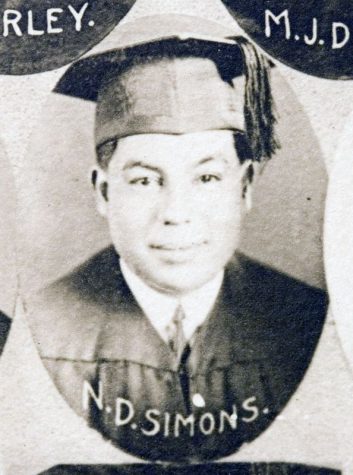
Class of 1925 graduate Nelson D. Simons was the first indigenous person to graduate from Suffolk law.
Archer had tried to convince Collar to attend Boston University College of Liberal Arts, but he opted for working at the steamship company instead.
But was he working for the company when the Titanic sank? The jury is still out.
On May 17, 1909, Suffolk held its first commencement. The first graduating class of Suffolk, at the time of commencement named Suffolk School of Law, had only five graduates (compared to the 2,137 students in the class of 2019).
George Luis Bush, one of Collar’s classmates, would go on to own his own firm and practice law in Wisconsin, while classmate Roland E. Brown became the first Suffolk Law student to pass the bar.
Brown enrolled in Archer’s Evening Law School in December 1906. Archer gave Brown a “certificate of two years’ study” that allowed Brown to take the bar exam— and pass it— while he was only in his second year.
After graduating, George Arthur Douglas had his own law practice in Boston. He also taught at Suffolk School of Law from 1910 until 1934.
Before enrolling in Archer’s Evening Law School in 1906, James Francis O’Brien had tried to apply to several different law schools but was denied. Archer decided to give O’Brien a chance and accepted him into the school.
O’Brien, despite almost being forced to drop out, still graduated with the first class in 1909. He worked as a janitor at Suffolk, in Archer’s office, and a restaurant in order to pay for his education.
He would go on to open his own law practice, serve in WWI, run for Democratic nominee for the Bristol County DA and was an advocate for veterans.
Suffolk students continued to become firsts in the school’s history even after graduation. Graduate Bernard Killion, for example, was the first Suffolk student to argue before the U.S. Supreme Court in 1916 (a year the Red Sox won the World Series).
Killion enrolled at Suffolk in 1907. He graduated in 1910 as one of the ten students in Suffolk’s second graduating class.
Along with others, Killion represented Henry C. Callaghan, who petitioned for the U.S. Supreme Court to review his case against the Superior Court of the State of Massachusetts. The Massachusetts court said Callaghan had failed to pay child support for an illegitimate child.
Ultimately, the petition failed.
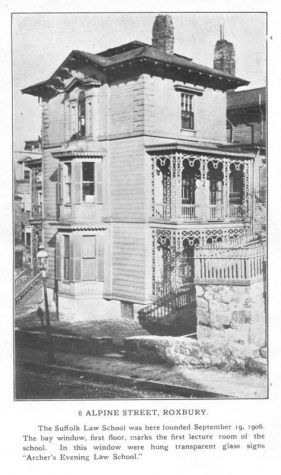
Archer Gleason, founder of Suffolk University, held his first law classes in his home at 6 Alpine St. in Roxbury.
“The people in Suffolk’s first class are emblematic of Suffolk’s core values — access to education and a commitment to diversity,” said Julia Howington, university archivist and director of the Moakley Archive & Institute. “Looking at their stories reminds us of the power of education and the continuing importance of our mission.”
These students were the first of a long line of white men to graduate from Suffolk. But that started to change as time went on.
Archer wanted to “open the doors to higher education to all capable students,” according to Suffolk University’s online history page. As a result, some students with historically marginalized identities were able to attend and graduate from Suffolk early on in the school’s history.
Born in Japan, Shichiro Hayashi enrolled in Suffolk Law School in September of 1918 (the last time the Red Sox would win the World Series until 2004). He became the first Asian student to graduate from Suffolk in 1922.
Remember the Carlisle Indian Industrial School most American public school history classes covered? The school was meant to “westernize” indigenous people.
According to a Boston Post article, following his schooling at the Carlisle School, Nelson D. Simons started applying to colleges and universities in Boston. He attended the Suffolk Law School and graduated in 1925.
Simons would later become the chief of the Mashpee Wampanoag/Pequot tribe.
At the start of this decade, Archer Gleason’s legacy of influencing people through education is exhibited through Suffolk’s commitment to championing diversity in its student body.



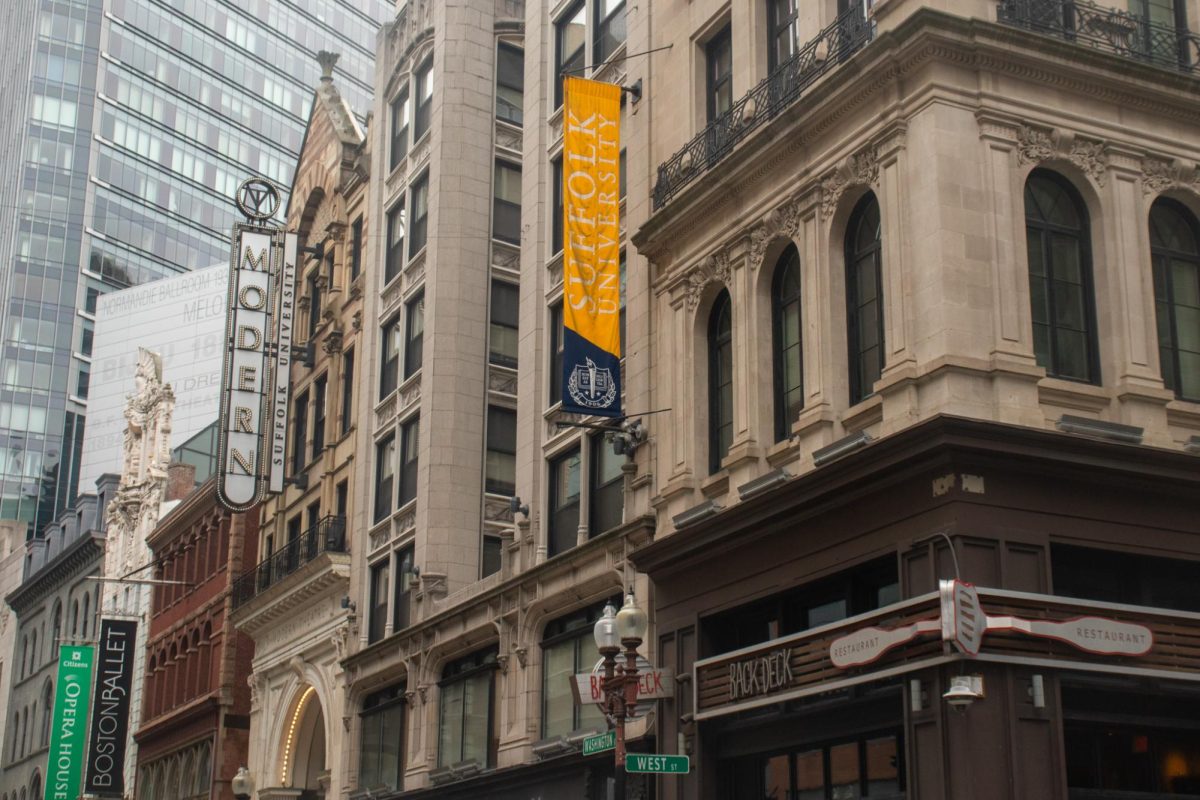
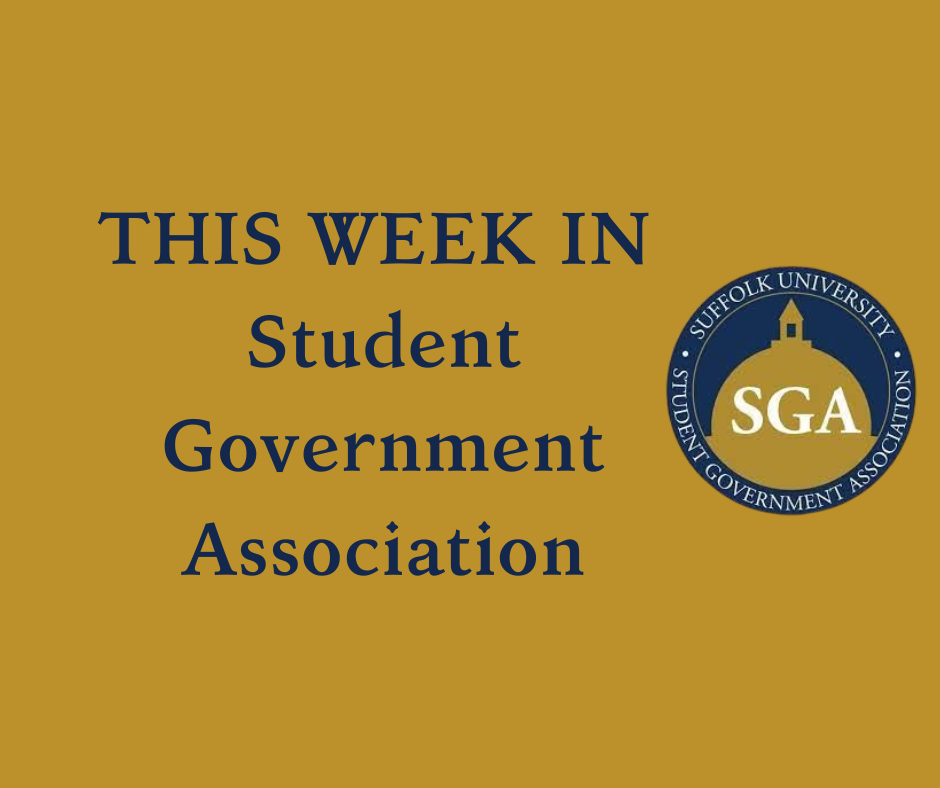
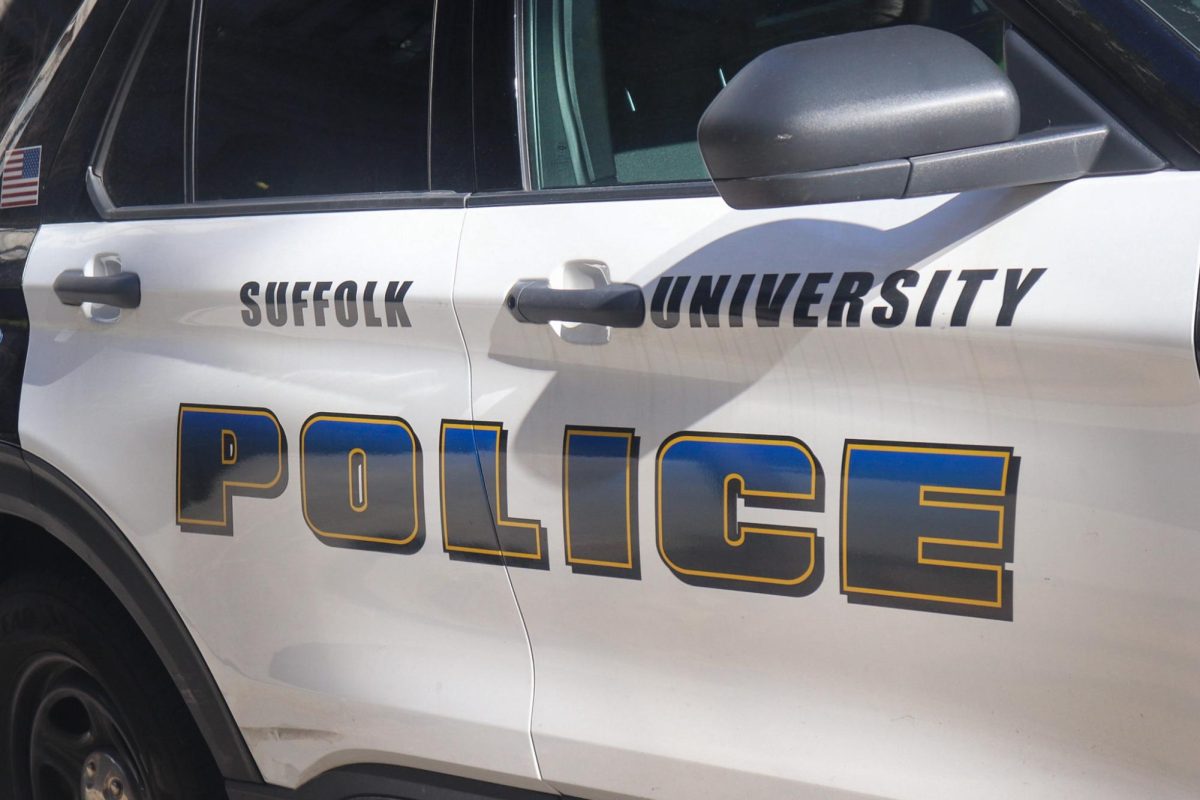





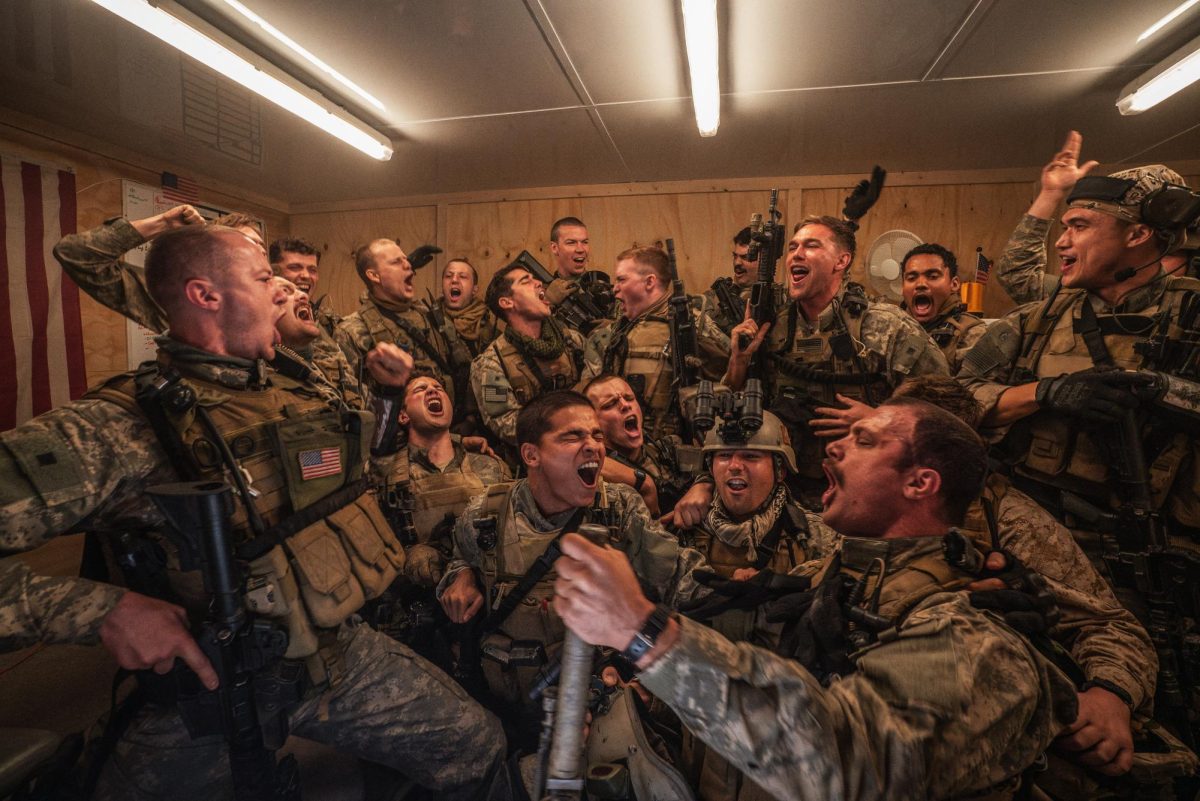

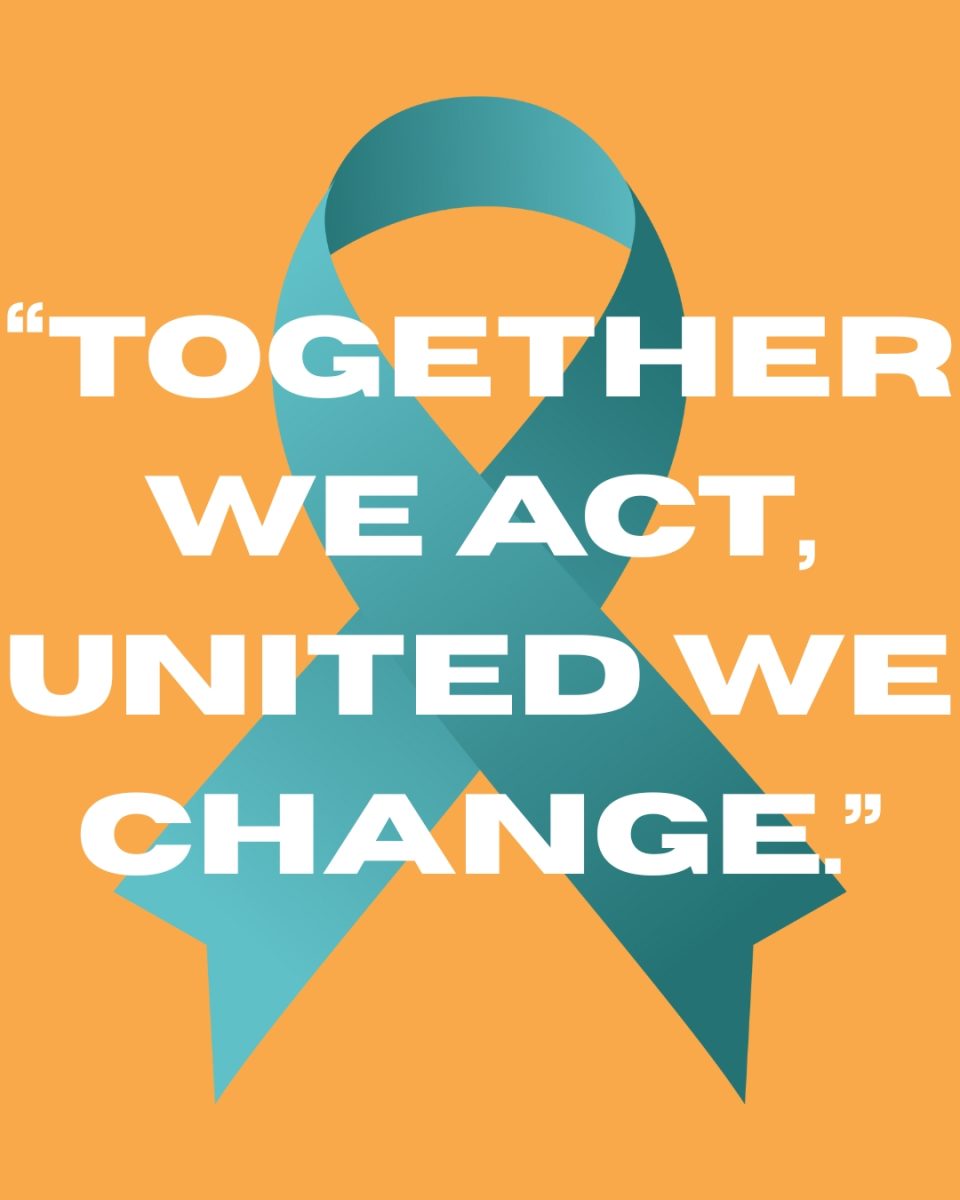

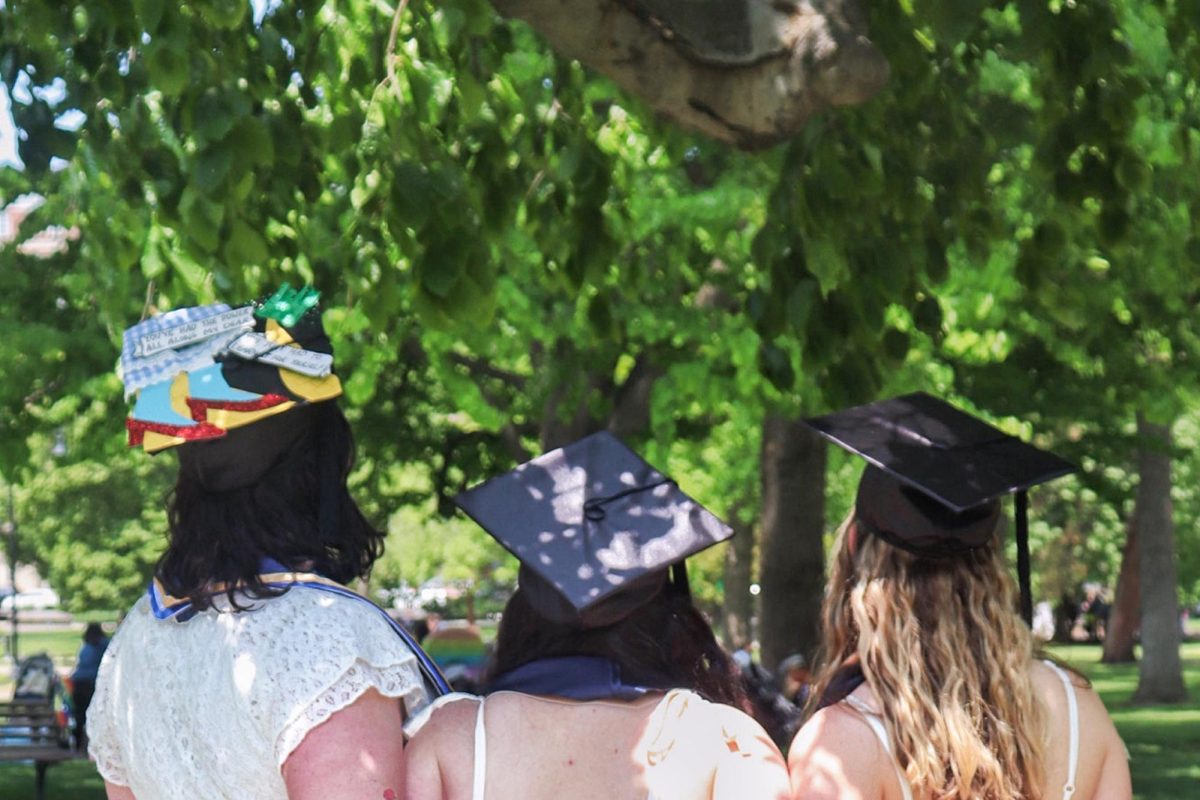
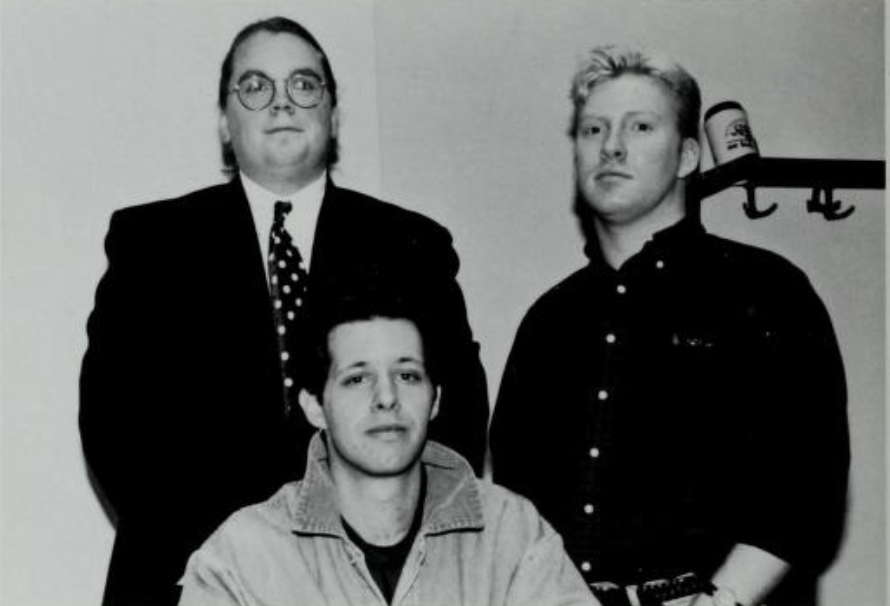
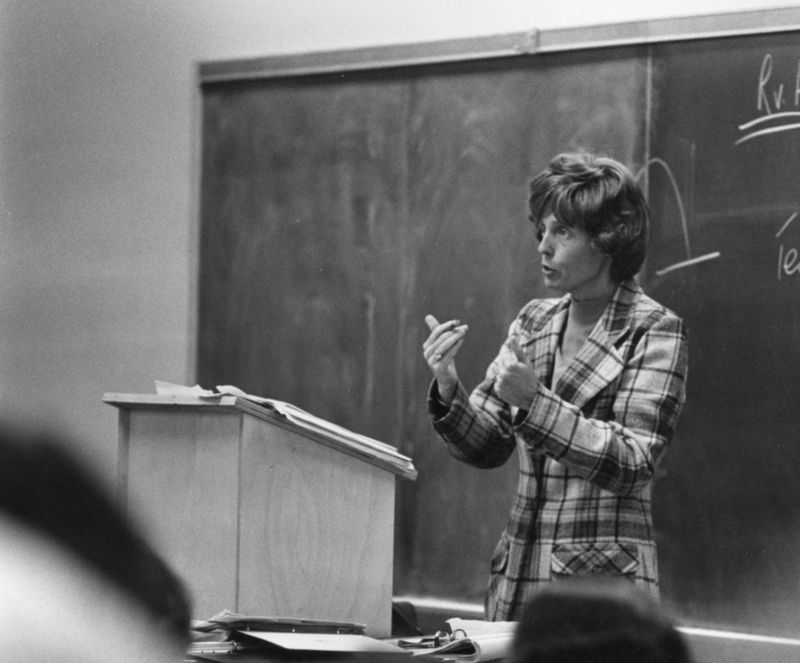
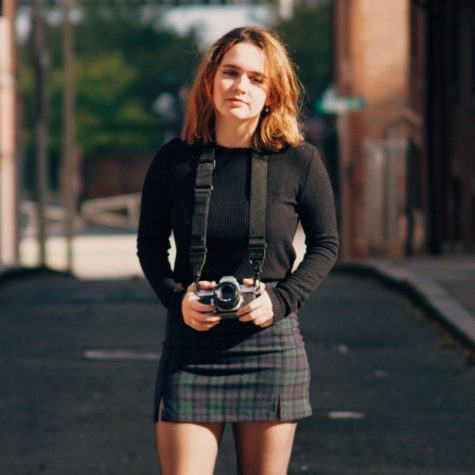
Rick Saia • Feb 2, 2020 at 3:04 pm
Nice piece! I’ve learned something new about my alma mater long after my graduation. (and my four years with The Journal in the late 1970s)
Anne Devlin Tagliaferro • Jan 30, 2020 at 2:46 pm
Emily, Great article very informative…. ✍️
Enjoy living in the city it has so much to history and arts